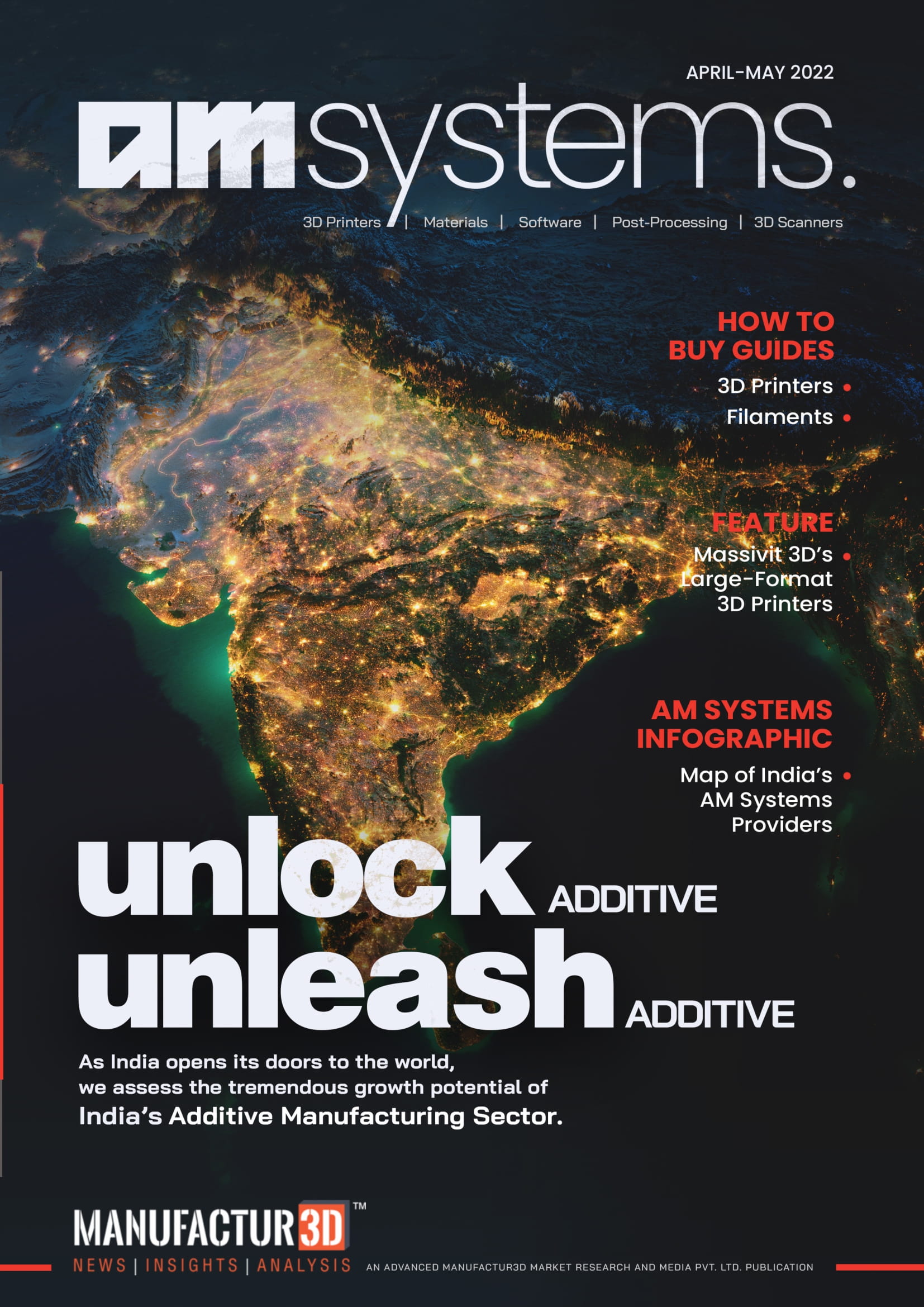
Scrona AG, the additive manufacturing Startup that holds the world record for the smallest ever printed colour picture, and Avantama, a leader in high-tech materials for electronics, announced that they have successfully processed high-performance quantum dot (QD) ink using Scrona’s electrohydrodynamic or EHD inkjet printing.
This collaboration combines the advantages of the inkjet process with high-patterning resolution to power a new generation of efficient and cost-effective MicroLED displays, while also increasing colour purity and brightness and improving overall pixel production time.
Scrona is a spin-off from ETH Zurich, one of the world’s top 10 research universities. Scrona has created the industry’s first multi-nozzle 3D printing platform, capable of digitally printing the impossible with sub-micrometer precision, on any material, and at scale, thereby improving and speeding up manufacturing for today’s and future products. Scrona’s patented electrostatic printing technology has the potential to transform semiconductor, display, and other product manufacturing by reducing production steps tenfold while significantly reducing materials, energy, and water consumption.
“We continue to find new applications of EHD that will meet the demands of the industry by offering an additive, completely waste-free process with higher resolution capabilities than lithography patterning. While conventional inkjet printheads require inks of low viscosity, Scrona has already demonstrated printing inks 1,000 times what they can process, paving the way for a much more efficient generation of MicroLED displays.”
– Dr. Patrick Galliker, co-founder and CEO of Scrona
Quantum Dot Processing with EHD inkjet printing

Scrona print head technology processes QD inks using EHD inkjet printing, which ejects droplets from a nozzle via electrostatic forces. By exposing the ink to an electric field emanating from the outside of the nozzle, ions are drawn to the liquid surface and begin to cause mechanical stress on the liquid body. The density of ions on the surface is controlled by varying the intensity of the voltage used to generate the electric field.
The forces generated inside the liquid are not uniform on the liquid surface, as is the case with traditional inkjet heads, but rather focus on the very centre of the nozzle while the liquid is continuously drawn out. The applied voltages can control droplet size, even droplets that are one order of magnitude smaller than the nozzle itself.
“Conventional inkjet printing is not a viable option for emerging MicroLED displays because they use much smaller pixels than QD-OLED displays.” We collaborated with Scrona to show that perovskite QD layers as thin as 2µm can achieve an OD greater than 1. This can reduce the number of printhead nozzles by a factor of five while delivering a thin QD layer, improving the overall efficiency and production time of MicroLED display technology.”
– Dr. Norman Lüchinger, Co-founder and CTO, Avantama
Avantama perovskite QDs have the highest absorption coefficients among QDs, allowing for thinner pixels with high optical density and significantly shorter tact time. Perovskite QDs have the highest weight-based absorption when compared to other QDs, which translates directly into very high OD/thickness values. One of the primary reasons for this outstanding property is that perovskites are naturally defect-tolerant, which means that a passivating shell is not required to achieve high emission quantum yields.
About Scrona AG: Scrona is a spin-off from ETH Zurich, one of the world’s top 10 research universities. Scrona has created the industry’s first multi-nozzle 3D printing platform, capable of digitally printing the impossible with sub-micrometer precision, on any material, and at scale, thereby improving and speeding up manufacturing for today’s and future products. Scrona’s patented electrostatic printing technology has the potential to transform semiconductor, display, and other product manufacturing by reducing production steps tenfold while significantly reducing materials, energy, and water consumption.
About Avantama: Avantama is a market leader in high-tech electronic materials. Its material innovations are used in optical and electronic coatings, and its proprietary technology and know-how enable rapid proof-of-concepts and targeted product development. This ensures a shorter time-to-market. Avantama’s production capacity is multi-ton, and the company has been an audited electronic materials supplier since 2016.
About Manufactur3D Magazine: Manufactur3D is an online magazine on 3D Printing. Visit our Tech News page for more updates on Global 3D Printing News. To stay up-to-date about the latest happenings in the 3D printing world, like us on Facebook or follow us on LinkedIn and Twitter.



